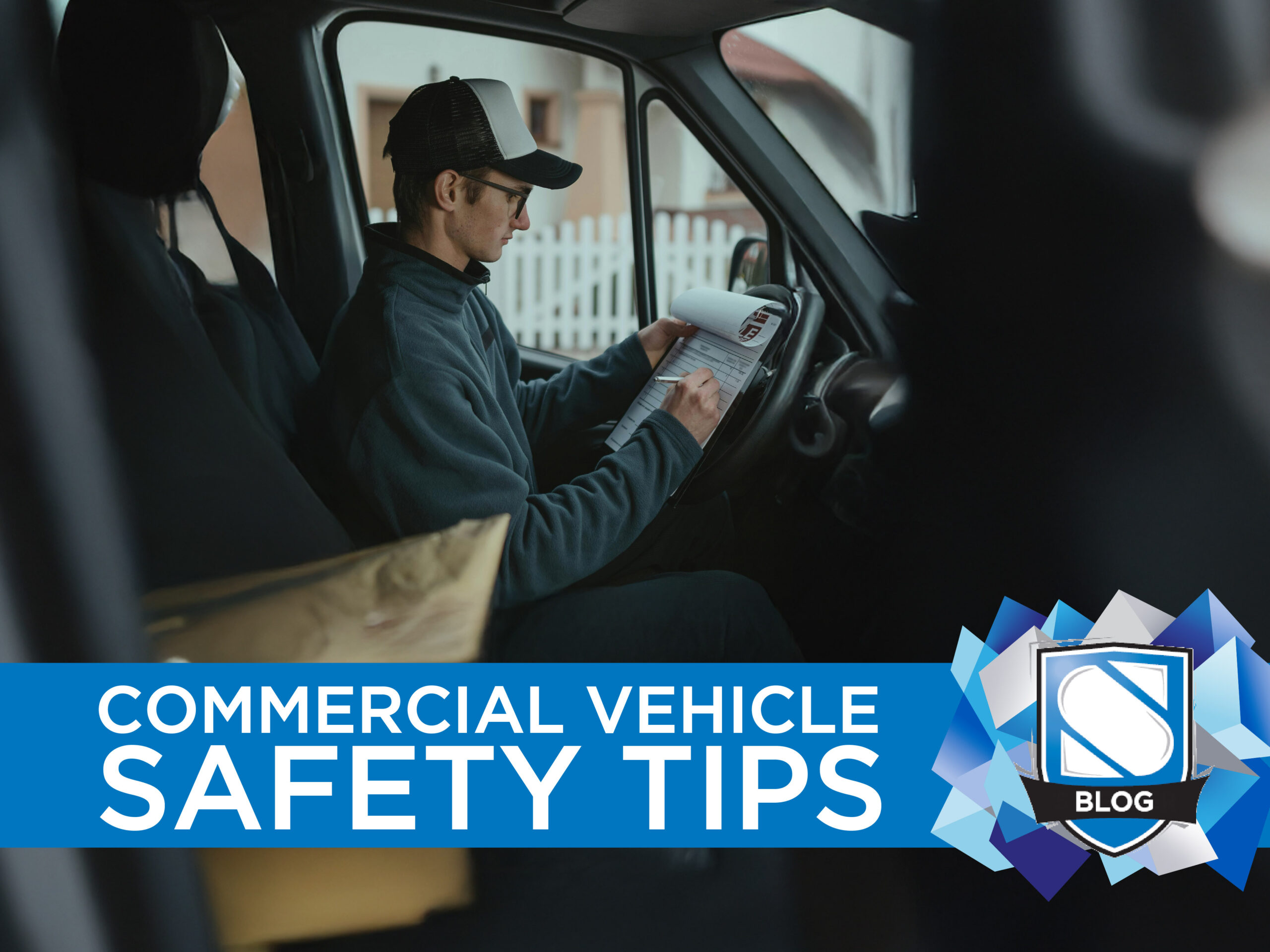You may not have heard of Otto yet, but you will. Founded by some of the minds behind Google’s self-driving car including Anthony Levandowski, the team apparently got tired of working on tiny bubble cars that look like something out of a Playskool future world, and instead have set their sights on transforming the trucking business.
While different semi-autonomous assistance devices have been around for a long time, the idea of the self-driving truck has always seemed like a far off thing, something that will happen in the vague and distant future. In Nevada, where Otto is conducting their initial trials, that future is already here. They have three retro-fitted Volvo cabs, outfitted with an intelligent computer system, lidar, radar, and cameras — and an empty driver seat.
It would be naive not to realize that the goal is to eventually get completely driver-less trucks on the road, but for now Otto is concentrating on gradual improvements to road safety and driver health. By combining smart, autonomous technology that can safely take the wheel between exits while a driver rests up to navigate the trickier, traffic heavy areas inside a city.
In an interview with Backchannel, Levandowski specifies “We want to get the technology to the point where it’s safe to let the driver rest and sleep in his cabin and we can drive for him, exit to exit. This is what allows us to change 11 hours’ driving into 24. The problem with cruise control Level 3 systems [such as Tesla’s Autopilot] is that there’s a constant hand-off between the vehicle and the driver, and it’s unclear who’s in charge.”
Improving the safety of drivers and other highway goers is a noble goal. As we know, truck drivers run higher risks to their health and safety on a daily and on-going basis than the average North American. However, it’s hard not to raise an eyebrow at the idea of a 24 hour up-time for a truck. Even if the driver is able to catch naps during long stretches of autonomous self-driving, never settling in for a real break seems just as exhausting and potentially dangerous as pushing past an 11 hour day.
As for when we’ll see these trucks on the road, that’s a open question. Obviously, there are a lot of hurdles a big change like this will have to hurdle. Legal and regulatory issues will have to be ironed out in multiple territories and across different courts (especially considering all the cross-boarder trucking trade between Canada and the US). There is also a question of public perception, will people be comfortable sharing the road with multi-ton robots without a human at the wheel? Tough questions, but, smart money says to expect it sooner rather than later.
“We have the basic technology in place and are already testing it on public roads. We want to demonstrate a cargo route in the foreseeable future, to show that our technology is commercially viable. We are fully funded by employees, who came together to enjoy this and get there as soon as possible. The approach and the team we put together have the ability to do that very fast.”
Interesting times for the trucking business.














0 Comments